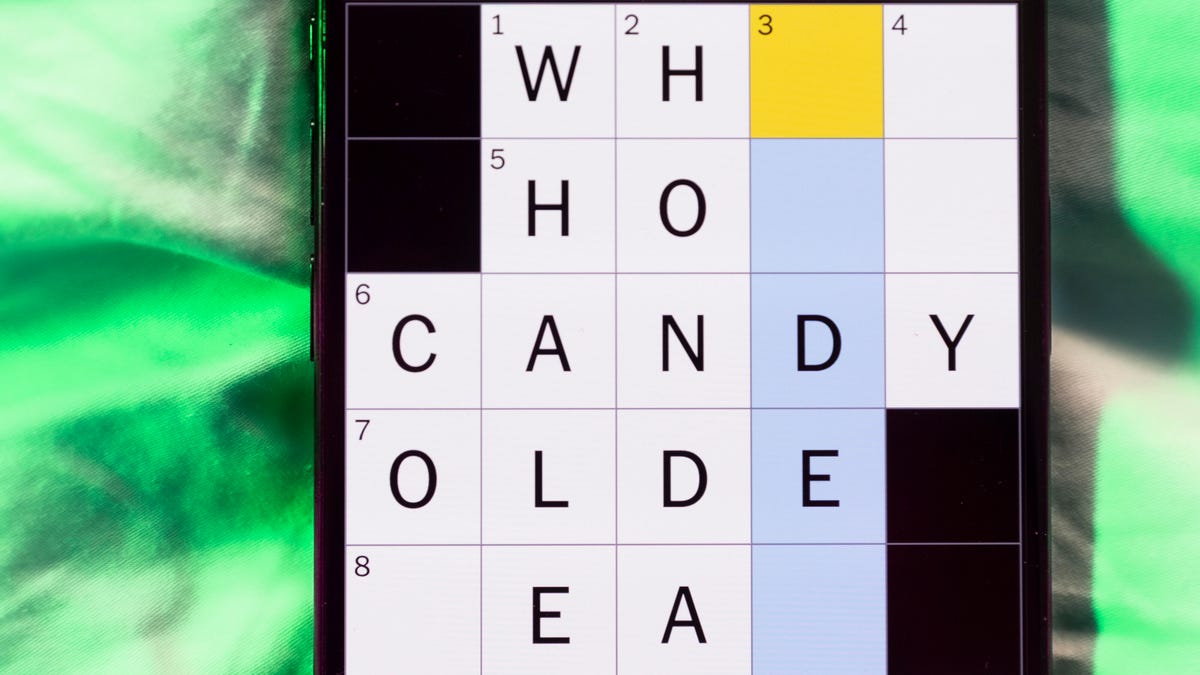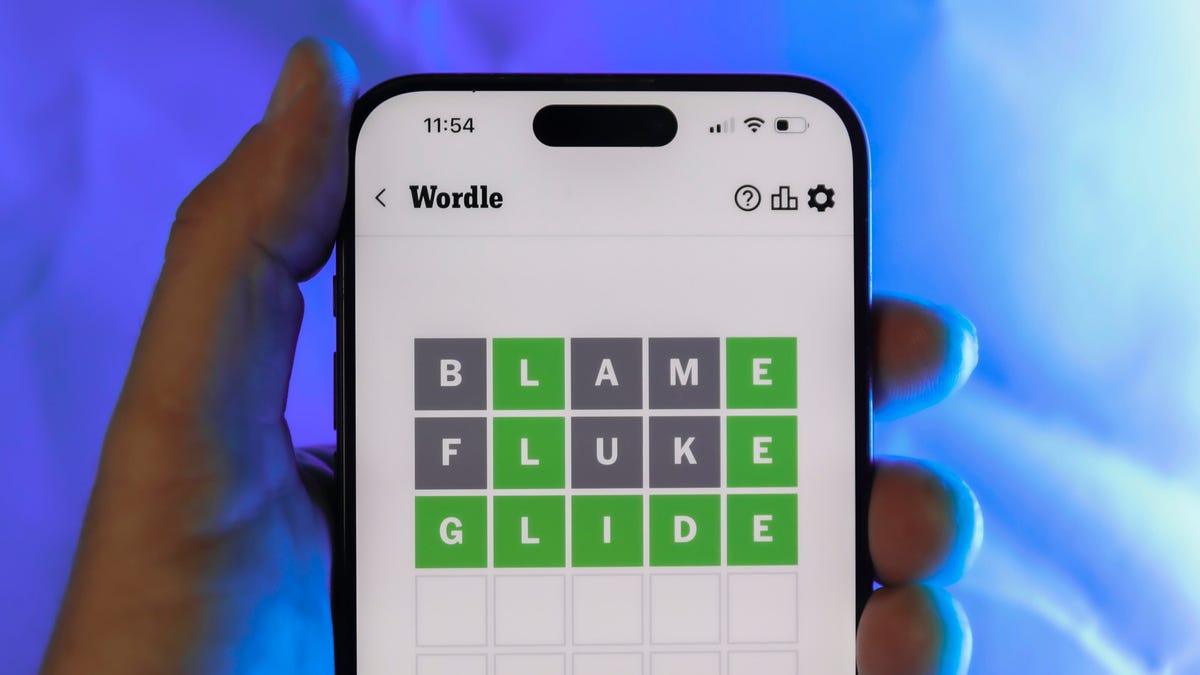Technologies
Oppo Flip Phone: Using the Find N2 Flip’s Huge Cover Screen
Oppo’s Find N2 Flip has the largest vertical cover screen on any flip phone.

Oppo’s first flip phone has arrived. The Chinese company showed off the Find N2 Flip at its global launch event on Wednesday. Oppo’s clamshell-style phone appears to be heavily inspired by Samsung’s Galaxy Z Flip 4, but with a notably different cover screen and perhaps a more squarish design.
Unlike the Z Flip 4, the cover display has a vertical orientation, as opposed to a horizontal layout. It’s also much bigger, measuring 3.26 inches with a resolution of 720×382 pixels. By comparison, the Z Flip 4 has a 1.9-inch external display with 260×512-pixel resolution. In fact, the Find N2 Flip has the largest vertical cover screen on any flip phone.
Apart from the display, the Find N2 Flip has all the features you’d expect from a flip phone in 2023. There are two rear cameras, led by a 50-megapixel lens, a 32-megapixel front-facing camera, a capable processor (MediaTek Dimensity 9000 Plus) and a 4,300-mAh battery, which can be fast-charged at up to 44 watts. There’s no IP rating for water- or dust-resistance. The Galaxy Z Flip 4 has an IPX8 rating, which means it’s also more of an indoor device: It can withstand water immersion but has no official protection against dust.
The Find N2 Flip will be available to pre-order from today and will start at 849 in UK. There are no plans currently for a US release, but this phone is set to hit stores in parts of Europe and Asia.
Find N2 Flip’s cover screen is the biggest display on any flip phone
It’s commendable that Oppo dared to shake up the design of the cover screen on flip phones. Although this might not look as aesthetically elegant as the Galaxy Z Flip 4’s horizontal screen, I believe the Find N2 Flip’s cover screen has the potential for greater functionality. After all, it does boast the largest vertical cover screen on any flip phone.
I found it convenient to use the Find N2 Flip’s cover screen to quickly scan the weather without needing to open up the phone as I went about my day. All I had to do was swipe left, and the cover screen would display my chosen widgets, including the camera, a timer, the weather and the recorder. I wish Google Calendar was included on the list of the widgets — I could still receive notifications from it, but I couldn’t view my plans from the cover screen.
Navigation is simple. You can swipe down the cover screen to bring up the control panel, swipe up to see a list of notifications and swipe left to bring up different widgets.
The camera widget lets you use the cover screen as a viewfinder, allowing you to take selfies, take portrait photos and even shoot video without opening up the phone. Thanks to the larger screen size, you get a good idea of how the photo will turn out as you’re taking the photo.
Quick replies — also available on the Z Flip 4 — are another convenient feature on this device. When I received a Whatsapp message, I could simply reply from the cover screen by choosing from a set of prewritten templates. I also had the option to create my own message template. In addition to WhatsApp, the quick replies feature is available on Slack, Messenger, Telegram and Line. Like the Galaxy Z Flip 4, this phone doesn’t allow you to type or dictate a reply without opening up the phone. You’re limited to the templates.
In its current form, however, the Find N2 Flips cover screen has limited functionality compared to the one on the Motorola’s Razr 2020. The Razr 2020 serves up a full keyboard for typing, curates apps that are well suited for the cover screen, such as Gmail and YouTube, and it even lets you play PUBG. I wish the cover display on the Oppo offered such freedoms and utility, but there certainly is potential if Oppo manages to nail the software component.
Find N2 Flip camera
There are two rear cameras on this phone, consisting of a 50-megapixel main camera and an 8-megapixel ultrawide. While this phone has respectable cameras, don’t expect it to take crisp shots of faraway subjects. In fact, images tend to soften when you zoom in digitally by around 5x. To be fair, you’re not likely to be buying this phone for its camera or its zoom skills (there’s no telephoto camera), but for its compact and approachable design. Taking that into account, I found the photos respectable. You can see the camera in action here.
Find N2 Flip’s inner display has a slight crease
The inner display of the Find N2 flip takes the form of a 6.8-inch AMOLED panel. At first glance, you might not see any crease running across the screen, but sometimes it’ll appear in certain angles or in bright lighting conditions. You can also feel it on occasion. For the most part, however, the crease didn’t interfere with my user experience and it’s by no means a deal-breaker for me. After all, the display looked crisp, was responsive and reasonably bright in sunny conditions.
It also has a 120Hz refresh rate, which made navigating between apps and scrolling through news feeds a smooth experience. This year, Oppo has updated its hinge, which the company says is smaller and thinner, yet stronger than the one on its predecessor. According to the company, Find N2 Flip has been tested for 400,000 folds. Oppo says the display also has an ultrathin glass coating that should help with durability.
For more details on the Oppo Find N2 Flip, take a look at the specs chart below.
Technologies
Today’s NYT Mini Crossword Answers for Wednesday, Dec. 24
Here are the answers for The New York Times Mini Crossword for Dec. 24.

Looking for the most recent Mini Crossword answer? Click here for today’s Mini Crossword hints, as well as our daily answers and hints for The New York Times Wordle, Strands, Connections and Connections: Sports Edition puzzles.
Need some help with today’s Mini Crossword? I’m Irish-American, but yet 6-Down, which involves Ireland, stumped me at first. Read on for all the answers.. And if you could use some hints and guidance for daily solving, check out our Mini Crossword tips.
If you’re looking for today’s Wordle, Connections, Connections: Sports Edition and Strands answers, you can visit CNET’s NYT puzzle hints page.
Read more: Tips and Tricks for Solving The New York Times Mini Crossword
Let’s get to those Mini Crossword clues and answers.
Mini across clues and answers
1A clue: Wordle or Boggle
Answer: GAME
5A clue: Big Newton
Answer: ISAAC
7A clue: Specialized vocabulary
Answer: LINGO
8A clue: «See you in a bit!»
Answer: LATER
9A clue: Tone of many internet comments
Answer: SNARK
Mini down clues and answers
1D clue: Sharks use them to breathe
Answer: GILLS
2D clue: From Singapore or South Korea, say
Answer: ASIAN
3D clue: Large ocean ray
Answer: MANTA
4D clue: ___ beaver
Answer: EAGER
6D clue: Second-largest city in the Republic of Ireland, after Dublin
Answer: CORK
Don’t miss any of our unbiased tech content and lab-based reviews. Add CNET as a preferred Google source.
Technologies
Quadrantids Is a Short but Sweet Meteor Shower Just After New Year’s. How to See It
This meteor shower has one of the most active peaks, but it doesn’t last for very long.

The Quadrantids has the potential to be one of the most active meteor showers of the year, and skygazers won’t have long to wait to see it. The annual shower is predicted to reach maximum intensity on Jan. 3. And with a display that can rival Perseids, Quadrantids could be worth braving the cold to see it.
Don’t miss any of our unbiased tech content and lab-based reviews. Add CNET as a preferred Google source.
The show officially begins on Dec. 28 and lasts until Jan. 12, according to the American Meteor Society. Quadrantids is scheduled to peak on Jan. 2-3, when it may produce upwards of 125 meteors per hour. This matches Perseids and other larger meteor showers on a per-hour rate, but Quadrantids also has one of the shortest peaks at just 6 hours, so it rarely produces as many meteors overall as the other big ones.
The meteor shower comes to Earth courtesy of the 2003 EH1 asteroid, which is notable because most meteor showers are fed from comets, not asteroids. Per NASA, 2003 EH1 is a near-Earth asteroid that orbits the sun once every five and a half years. Science posits that 2003 EH1 was a comet in a past life, but too many trips around the sun stripped it of its ice, leaving only its rocky core. The Earth runs through EH1’s orbital debris every January, which results in the Quadrantids meteor shower.
How and where to see Quadrantids
Quadrantids is named for the constellation where its meteors appear to originate, a point known as the radiant. This presents another oddity, as the shower originates from the constellation Quadrans Muralis. This constellation ceased to be recognized as an official constellation in the 1920s and isn’t available on most publicly accessible sky maps.
For the modern skygazer, you’ll instead need to find the Bootes and Draco constellations, both of which contain stars that were once a part of the Quadrans Muralis. Draco will be easier to find after sunset on the evening of Jan. 2, and will be just above the horizon in the northern sky. Bootes orbits around Draco, but will remain under the horizon until just after 1 a.m. local time in the northeastern sky. From that point forward, both will sit in the northeastern part of the sky until sunrise. You’ll want to point your chair in that direction and stay there to see meteors.
As the American Meteor Society notes, Quadrantids has a short but active peak, lasting around 6 hours. The peak is expected to start around 4 p.m. ET and last well into the evening. NASA predicts the meteor shower to start one day later on Jan. 3-4, so if you don’t see any on the evening of Jan. 2, try again on Jan. 3.
To get the best results, the standard space viewing tips apply. You’ll want to get as far away from the city and suburbs as possible to reduce light pollution. Since it’ll be so cold outside, dress warmly and abstain from alcoholic beverages, as they can affect your body temperature. You won’t need any binoculars or telescopes, and the reduced field of view may actually impact your ability to see meteors.
The bad news is that either way, the Quadrantids meteor shower coincides almost perfectly with January’s Wolf Moon, which also happens to be a supermoon. This will introduce quite a lot of light pollution, which will likely drown out all but the brightest meteors. So, while it may have a peak of over 100 meteors per hour, both NASA and the AMS agree that the more realistic expectation is 10 or so bright meteors per hour.
Technologies
Today’s Wordle Hints, Answer and Help for Dec. 24, #1649
Here are hints and the answer for today’s Wordle for Dec. 24, No. 1,649.

Looking for the most recent Wordle answer? Click here for today’s Wordle hints, as well as our daily answers and hints for The New York Times Mini Crossword, Connections, Connections: Sports Edition and Strands puzzles.
Today’s Wordle puzzle is a little tricky, with a double letter that could confuse players. If you need a new starter word, check out our list of which letters show up the most in English words. If you need hints and the answer, read on.
Read more: New Study Reveals Wordle’s Top 10 Toughest Words of 2025
Today’s Wordle hints
Before we show you today’s Wordle answer, we’ll give you some hints. If you don’t want a spoiler, look away now.
Wordle hint No. 1: Repeats
Today’s Wordle answer has one repeated letter.
Wordle hint No. 2: Vowels
Today’s Wordle answer has one vowel, but it’s the repeated letter, so you’ll see it twice.
Wordle hint No. 3: First letter
Today’s Wordle answer begins with S.
Wordle hint No. 4: Last letter
Today’s Wordle answer ends with L.
Wordle hint No. 5: Meaning
Today’s Wordle answer can refer to a cylindrical device upon which thread is wound.
TODAY’S WORDLE ANSWER
Today’s Wordle answer is SPOOL.
Yesterday’s Wordle answer
Yesterday’s Wordle answer, Dec. 23, No. 1648 was GLINT.
Recent Wordle answers
Dec. 19, No. 1644: MYRRH
Dec. 20, No. 1645: WHITE
Dec. 21, No. 1646: QUILT
Dec. 22, No. 1647: CONCH
Don’t miss any of our unbiased tech content and lab-based reviews. Add CNET as a preferred Google source.
-

 Technologies3 года ago
Technologies3 года agoTech Companies Need to Be Held Accountable for Security, Experts Say
-

 Technologies3 года ago
Technologies3 года agoBest Handheld Game Console in 2023
-

 Technologies3 года ago
Technologies3 года agoTighten Up Your VR Game With the Best Head Straps for Quest 2
-

 Technologies4 года ago
Technologies4 года agoBlack Friday 2021: The best deals on TVs, headphones, kitchenware, and more
-

 Technologies4 года ago
Technologies4 года agoVerum, Wickr and Threema: next generation secured messengers
-

 Technologies4 года ago
Technologies4 года agoGoogle to require vaccinations as Silicon Valley rethinks return-to-office policies
-

 Technologies4 года ago
Technologies4 года agoOlivia Harlan Dekker for Verum Messenger
-

 Technologies4 года ago
Technologies4 года agoiPhone 13 event: How to watch Apple’s big announcement tomorrow
